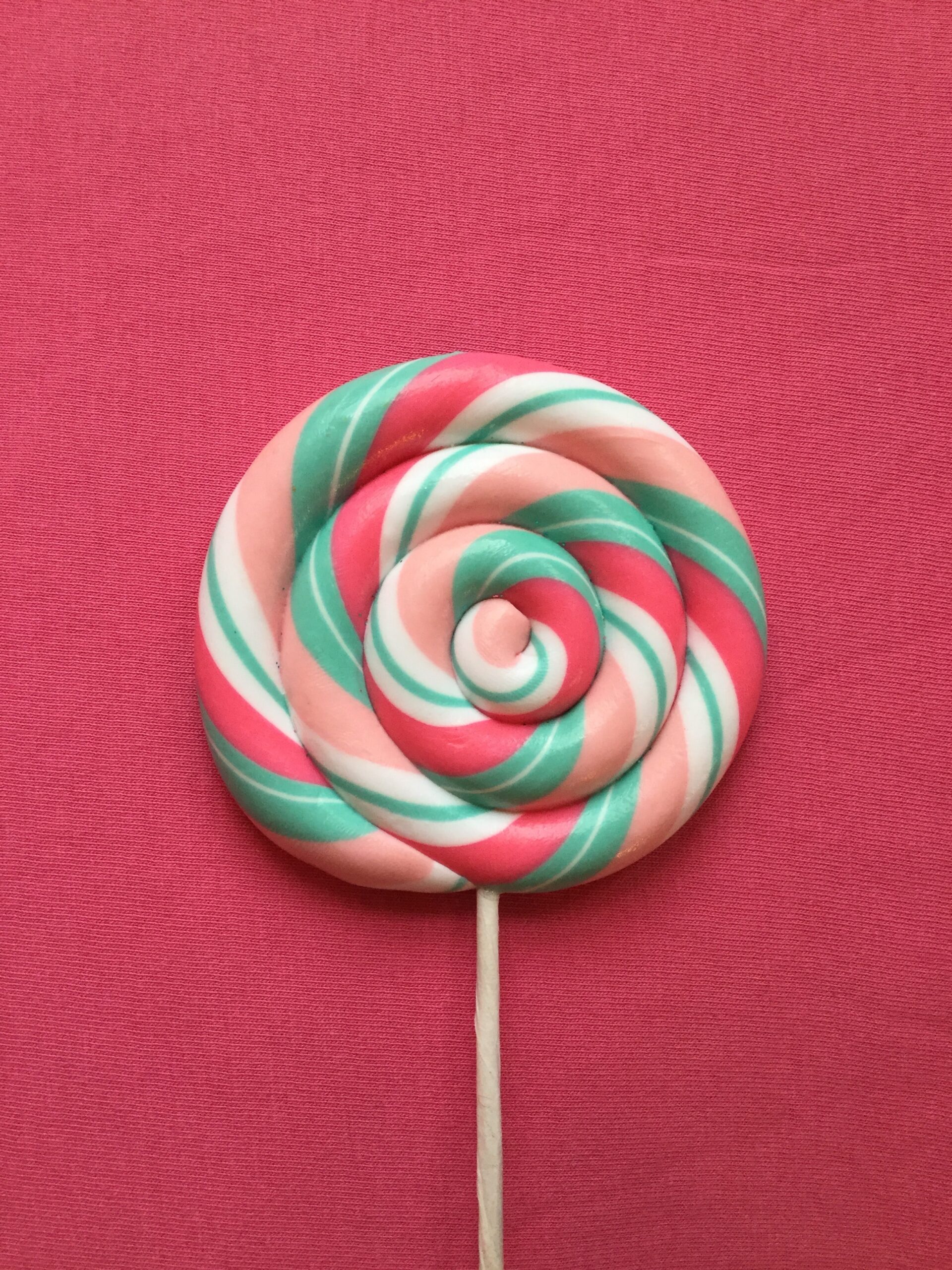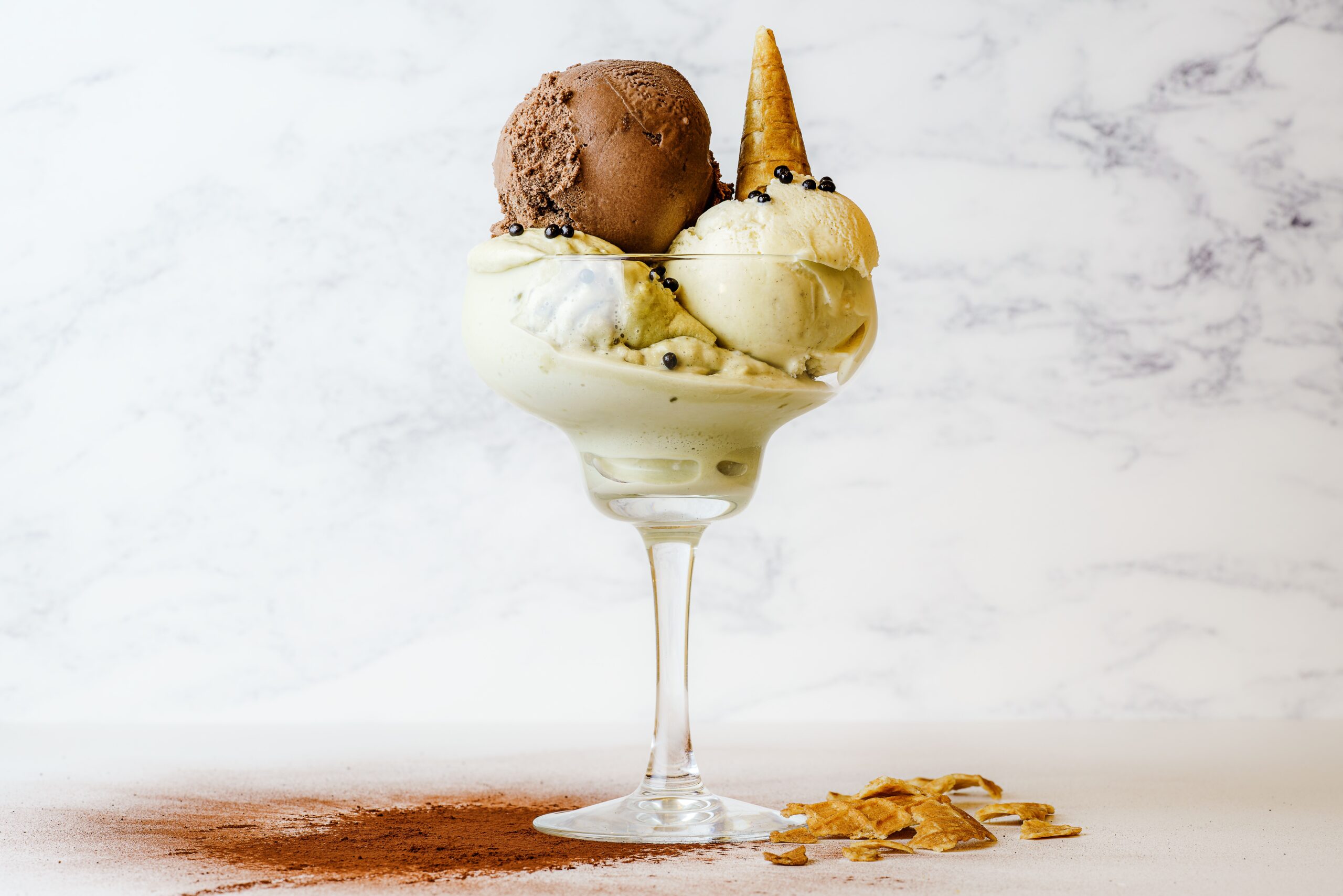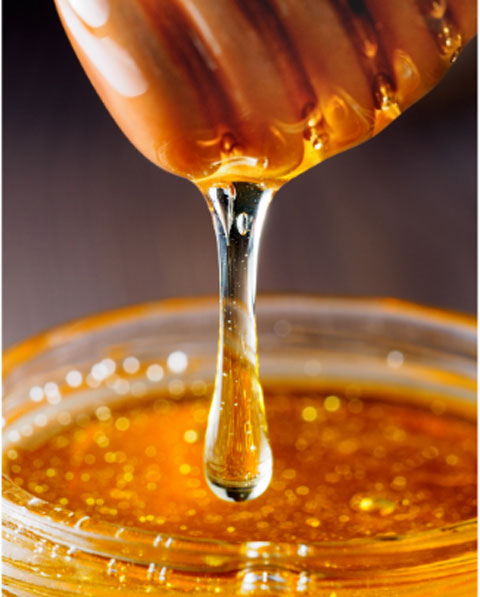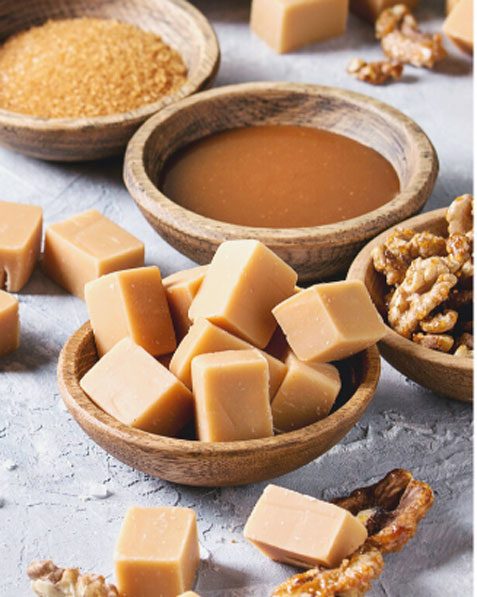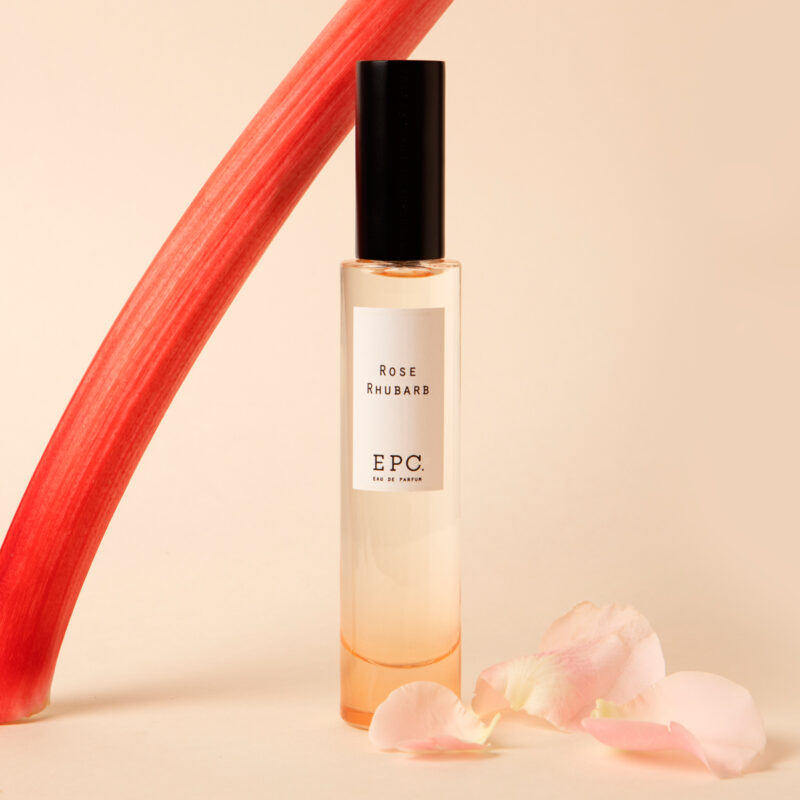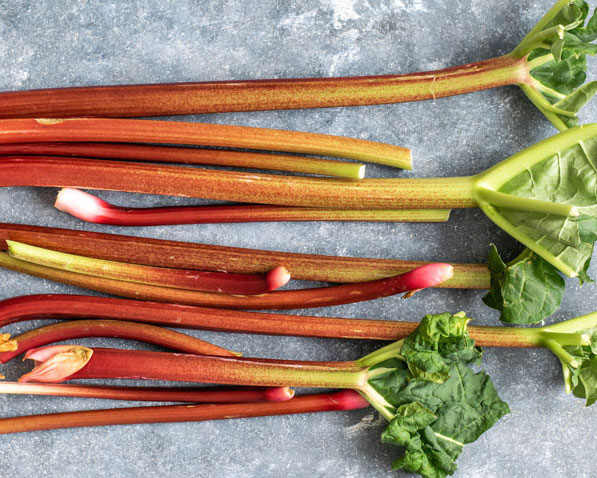October, the month where the darkness of the approaching winter in the Northern hemisphere makes us want to snuggle up at home. It is also the time some of us celebrate Halloween! So in this post, let us take you through the witchingly delicious ingredients of the Gourmand fragrance family from creamy vanilla to fruity esters.
What are Gourmand fragrances?
Gourmand or Edible fragrances are made up of sweet, edible notes of vanilla, caramel, cotton candy, chocolate, coffee, honey, cognac and many other tooth-aching ingredients.
History of Gourmand Fragrances
This fragrance family rose to fame in the early 90s as perfumers were experimenting with new oriental notes. As well as using cake-like ingredients, gourmand fragrances often include notes of amber, patchouli, musk and warm spices like cinnamon.
In 1992, the first modern Gourmand scent was released with the oh-so-famous, Angel by Mugler. With notes of tonka bean, vanilla, chocolate, caramel, cotton candy, honey and a long list of fruity notes, this cult classic is the epitome of Gourmand and made this class of fragrances a must-have in most scent wardrobes.
Gourmands tend to be warm and more wearable in the cooler seasons. These scents are almost snuggle-worthy – perfect for October weather and the months to come!
Popular Gourmand Ingredients
Gourmand ingredients are usually synthetic or ‘fantasy’ ingredients. Scents like caramel, candies and chocolate are recreated using accords or synthetic ingredients. There are however some ingredients that can be naturally extracted including coffee, vanilla, tonka bean and benzoin.
1. Vanilla
The popularity of vanilla extends outside of perfumery, as it is the world’s most popular flavour. It is also one of the most expensive spices due to the arduous growing and harvesting process. For this reason, synthetic versions of vanilla such as vanillin and ethyl vanillin are more widely used in perfumery compared to vanilla absolute. The smell of natural vanilla is mainly attributed to vanillin amongst 171 other aroma chemicals. It is no surprise then that vanillin is the popular alternative that perfumers reach for. A little goes a long way with this sweet ingredient.
2. Tonka Bean
Tonka bean is a seed of the Dypterix odorata tree, native to South and Central America. The scent of tonka bean occurs due to its high content of coumarin. Like vanilla, tonka bean absolute comes at a hefty price tag so synthetic coumarin is often used in perfumery. Coumarin is a very popular and well-loved ingredient in perfumery. It offers a unique sweetness with accents of almond, vanilla and frangipane accompanied by tobacco-like smokiness. It is heavily featured in commercially marketed masculine fragrances and is a key ingredient in Fougere type fragrance structures.
Gourmand ingredients are usually synthetic or ‘fantasy’ ingredients. Scents like caramel, candies and chocolate are recreated using accords or synthetic ingredients.
3. Caramel
Caramel is a great example of a purely synthetic or fantasy ingredient. The compounds responsible for bringing this note to life are maltol, which naturally occurs in malt, and ethyl maltol. The famous Gourmand, Angel by Mugler, popularised the use of caramel notes in fragrances and has since been a staple in Edible scents. This is a divisive ingredient due to its intensely overwhelming sweetness. It is best to approach this ingredient with caution as too much will overwhelm a fragrance and it’s back to the drawing board.
4. Honey
Naturally derived ingredients of honey can be obtained in the form of beeswax/honeycomb absolute. Despite this, it is more common to find a honey note as an accord in fragrances rather than its natural extract. Rich, warm, sweet and comforting, the use of honey brings warmth and touches of amber to a fragrance. It is no wonder then that it fits well in Gourmand and Oriental fragrance structures. The balsamic, tobacco, hay-like and animalic facets make this ingredient a great pairing for woody notes.
Creating Sweet Candy Notes
Synthetic ingredients are often used to evoke the scents we cannot naturally extract. Given that sweets and candy are synthetic in itself, it is no wonder that synthetic ingredients are used to recreate the sweet smell of candy like Tutti Fruity, and jammy red fruit notes of Gourmand fragrances.
1. Create the smell of pineapple
Allyl amyl glycolate is a popular fruity ingredient that is often used for its strong, fruity, pineapple notes. It adds a modern, juicy sparkle to a fragrance, great for recreating that mouth-watering sweetness of candy.
2. Create the smell of banana
Isoamyl acetate is a compound that occurs naturally in the banana plant. The smell of this ingredient can be described as sweet, banana, fruity and pear-like. It lends a certain type of creaminess to the candy accord that a perfumer creates.
Fun fact: One of the pheromones released from the sting of a honeybee is isoamyl acetate. It acts as a chemical signal to other bees provoking them to sting. Not to worry, a perfume with this ingredient won’t result in beestings.
